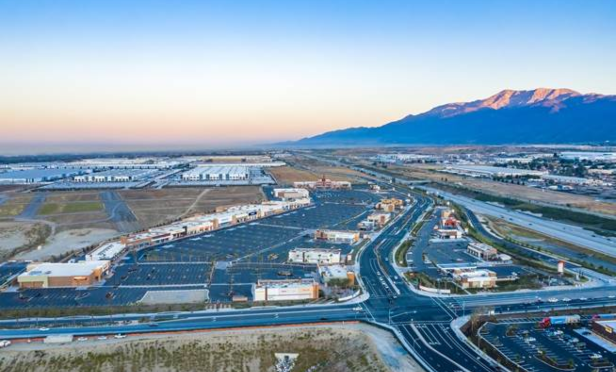The social distancing of the last few weeks have taken a toll on retailers. But once that ends, the sector will focus even more strongly on the importance of internet-resistant tenants. This include experiential retailers, like restaurants and entertainment venues, and daily needs retailers, like grocery stores and dry cleaners. But, according to Greg Lyon of Nadel Architecture + Planning, retail owners should be focused on the environment.
"The environment is the anchor in today's retail experience," Lyon, principal and design director at Nadel, tells GlobeSt.com. "There is always a disruptor in retail, and today it is ecommerce and online shopping. As a result, retail owners are trying to increase visitation and length-of-stay for shoppers on site. You do that be treating the environment as a place where people are going to hang out. Regardless of how retail changes, we are always going to need that place. It is part of our culture and part of our societies. As an industry, we need to be less fixated on the line-up of tenants and more focused on the environment for the community."
The overall retail experience has always been important, but it is becoming more essential with online shopping as a competitor. "With the shifting of uses at retail destinations, and by that, I mean less commodity driven retail, there are becoming more environments that create a place for the community to gather and multi-generational families to hang out," says Lyon.
In fact, the environment is as important in attracting consumers as the tenant mix. "I think looking at retail through the lens of daily needs is the wrong way to look at it," he says. "You have to understand who is going to hang out there and how the space is going to support those people. We need to look at how the place is a necessary part of the community; the completion of uses; and how we are going to support the uses with the environment that we are creating."
To create that environment, Lyon is working alongside developers to curate living room-styled spaces for community members. This includes lounge furniture, wifi connections, and ambiance boosters—like water fountains. However, he is also looking to the community needs to guide the environment, that means more comfortable furniture for areas with more senior citizens or dog-friendly features for areas with a high concentration of dog owners. "You have to look at the expectation of the community," he says. "You have to understand who is going to hang out there and how the space is going to support those people. There isn't a one-size fits all. You want to create an authenticity to the environment. That is number one: authenticity. From there, you start to move into what the space is going to look like and feel like, and answering those questions from a design perspective. While it is more than putting table and chairs and water features in places, those elements are the tools that we use to create these environments."
Nadel recently completed the design of Renaissance Marketplace, a brand-new, 500,000 square-foot retail center in Rialto, California, on behalf of Lewis Retail Centers. The center includes outdoor living rooms and gathering places for the community.
These spaces work in both indoor and outdoor retail centers, and ultimately are dependent on the geographic location. "Sometimes, we get caught up in open air versus enclosed mall environments," says Lyon. "We are finding that when we are working in locations with inclement weather, enclosed mall environments are still desirable. Having said, that in climates with good weather, like Southern California, people love to be outdoors."
© Touchpoint Markets, All Rights Reserved. Request academic re-use from www.copyright.com. All other uses, submit a request to [email protected]. For more inforrmation visit Asset & Logo Licensing.







